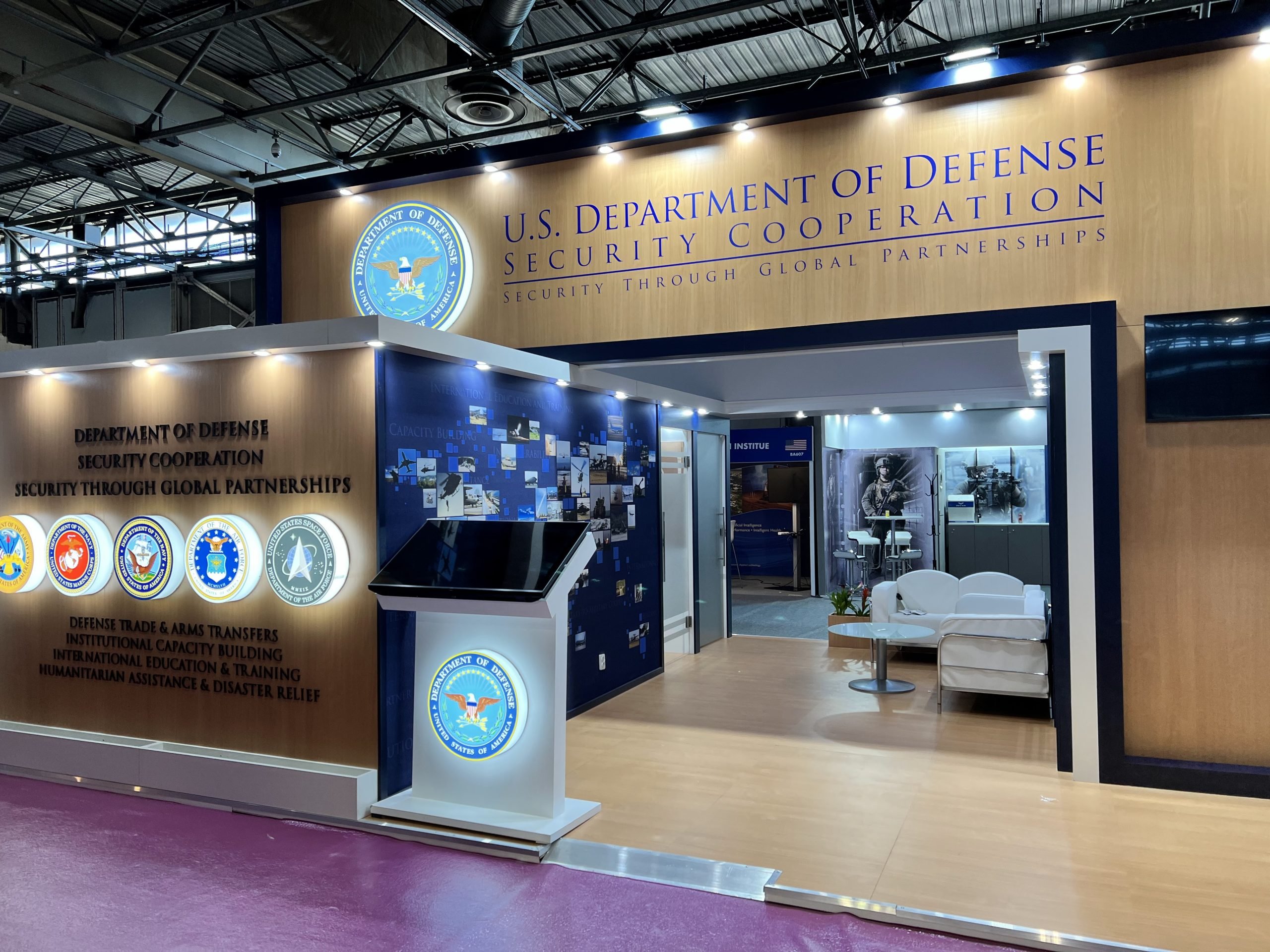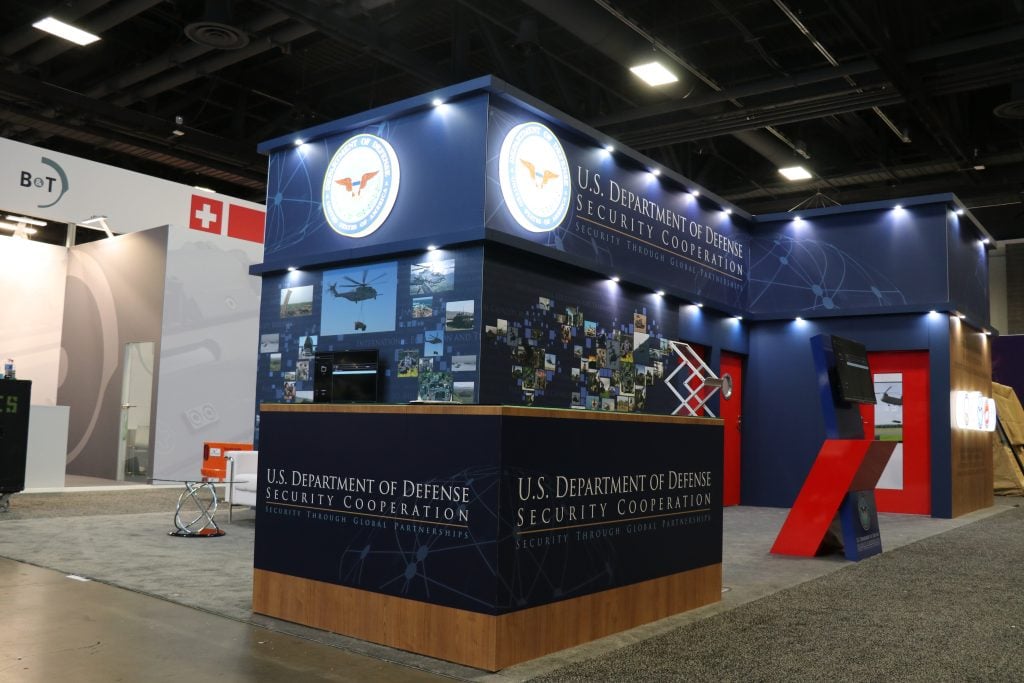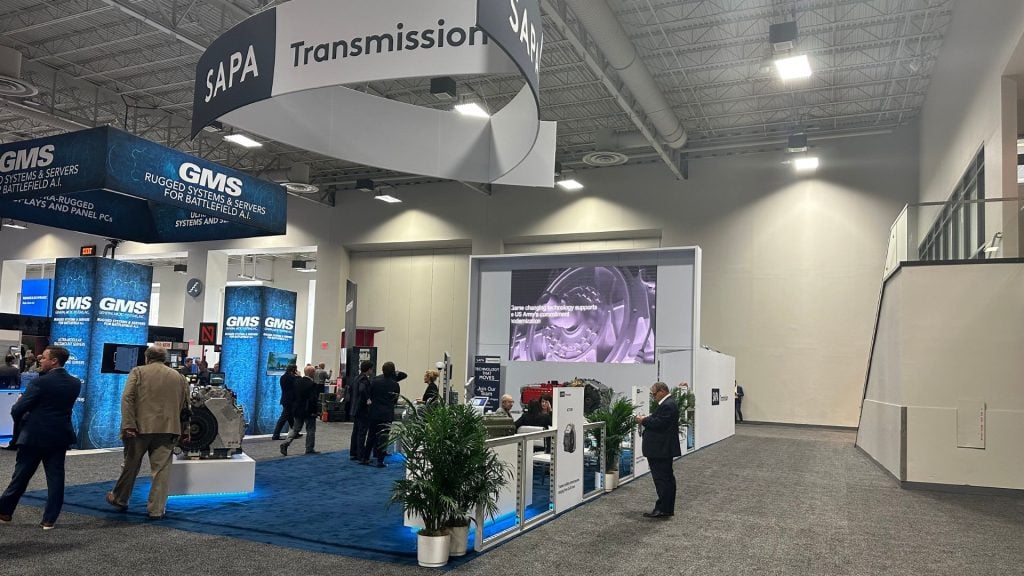
Introduction
Trade shows provide companies with an opportunity to make lasting first impressions. However, in today’s environmentally conscious world, attendees and decision-makers expect brands to showcase their commitment to sustainability. Incorporating eco-friendly elements into your booth design can resonate deeply with audiences, demonstrate your values, and strengthen brand loyalty.
Why Sustainability Matters in Booth Design
Consumers and businesses alike are increasingly aligning their purchasing decisions with eco-conscious principles. A sustainable booth not only reflects environmental responsibility but also highlights your brand’s forward-thinking ethos.
Key Reasons to Go Green:
- Meet attendee expectations: Gen Z and Millennials prioritize environmental consciousness in the brands they support.
- Reduce costs: Sustainable materials often lead to long-term savings.
- Enhance reputation: Being seen as a sustainable brand elevates trust and loyalty.
Sustainable Booth Design Strategies
1. Use Recycled and Renewable Materials
Design your booth using materials with low environmental impact.
- Opt for recycled wood, aluminum, or modular components.
- Use bamboo, cork, or other renewable resources for flooring and accents.
- Choose non-toxic, water-based paints or adhesives.
Example: A tech company designed a booth entirely from upcycled materials, reducing waste and cutting production costs.
2. Incorporate Energy Efficiency
Minimize energy consumption in your booth setup.
- Use LED lighting for lower energy use and brighter displays.
- Add solar panels to power small electronic devices or lighting.
- Rely on energy-efficient screens for digital presentations.
3. Create Modular Booth Designs
Modular booths are versatile and reusable, reducing waste over time.
- Adapt your booth for various events with interchangeable panels.
- Utilize collapsible structures for easy transport and storage.
Example: A retail brand reuses modular walls for multiple events, saving on materials and shipping costs.
4. Integrate Digital Elements
Reduce printed materials by going digital.
- Replace paper brochures with QR codes linking to digital resources.
- Use touchscreen kiosks for interactive presentations.
- Encourage attendees to engage on social media instead of collecting printed swag.
5. Use Locally Sourced Materials
Cut down on the carbon footprint of transportation by sourcing materials locally.
- Partner with local vendors for production and assembly.
- Highlight these partnerships as part of your booth’s story.
Sustainable Giveaways and Swag
Your booth’s promotional items should also align with eco-friendly practices.
- Offer reusable water bottles, bamboo pens, or seed paper notebooks.
- Avoid plastic trinkets that are likely to end up in the trash.
- Emphasize quality over quantity to make your giveaways more impactful.
Measuring the Impact of Sustainability
To showcase the success of your eco-friendly efforts:
- Calculate the carbon savings from using sustainable materials.
- Share metrics on waste reduction compared to previous booths.
- Gather attendee feedback on your booth’s design and sustainability features.
Challenges and Solutions
1. Higher Initial Costs
Sustainable materials can be pricier upfront but often result in long-term savings. Plan your budget to balance short-term expenses with future benefits.
2. Limited Availability of Green Options
Partner with vendors specializing in eco-friendly products and services.
3. Perception vs. Reality
Ensure authenticity by transparently sharing your sustainability efforts to avoid accusations of greenwashing.
The Future of Sustainable Booth Design
With advances in green technology, sustainable booth designs are becoming even more impactful. Future trends include:
- Biodegradable booth materials that dissolve after use.
- Smart energy systems for optimized power use.
- Interactive sustainability dashboards in booths to educate attendees.
Conclusion
Sustainable booth designs are not just an ethical choice—they’re a strategic one. By integrating eco-conscious practices into your trade show presence, you demonstrate your commitment to a better future while fostering deeper connections with attendees. When done right, sustainability can be a powerful driver of brand loyalty and long-term success.


 Global
Global Europe
Europe

